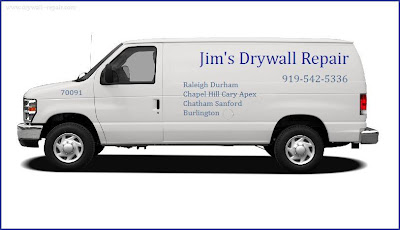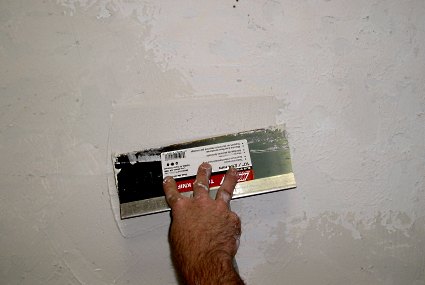There is a catch to drywall repair that everyone ought to know earlier than trying to “do-it-yourself” for the first time. Saws for drywall are available in varied shapes, sizes, and serrations. However for larger do it yourself drywall installation tasks, it’s important that you’ve got a strong enough drill to combine the mud with a paddle for the proper consistency and to get rid of lumps.
Some heavy repair of drywall may be needed at this step. Drywall repairs are unavoidable. It is a more time-consuming strategy to wall restore compared to spackle. Putting in small items of drywall for patching creates what are known as butt joints that are a lot harder to hide.
As well as, damage from water intrusion, household accidents and regular wear and tear necessitate a periodic drywall repair to keep the walls wanting good, particularly before they are painted. Commonly, you may be coping with a number of of three different types of wall holes – nail holes and dents, small doorknob size holes and larger holes caused by fists and furniture.
Mix up the “mud” to a peanut butter consistency, and using a 6″ taping blade unfold the mud over the patch space to a depth that simply covers the tape. Easy the mud over the tape and smooth it over. If the drywall itself is cracked, minimize the drywall again to a stud and install a brand new piece of drywall.
A short slim stiff bladed saw known as a key hole or drywall saw can be used in addition to a Roto-Zip chopping instrument. If an individual is not able to identify the supply of water, all the repairs will likely be in useless. 4. Create a drywall patch for the opening.
